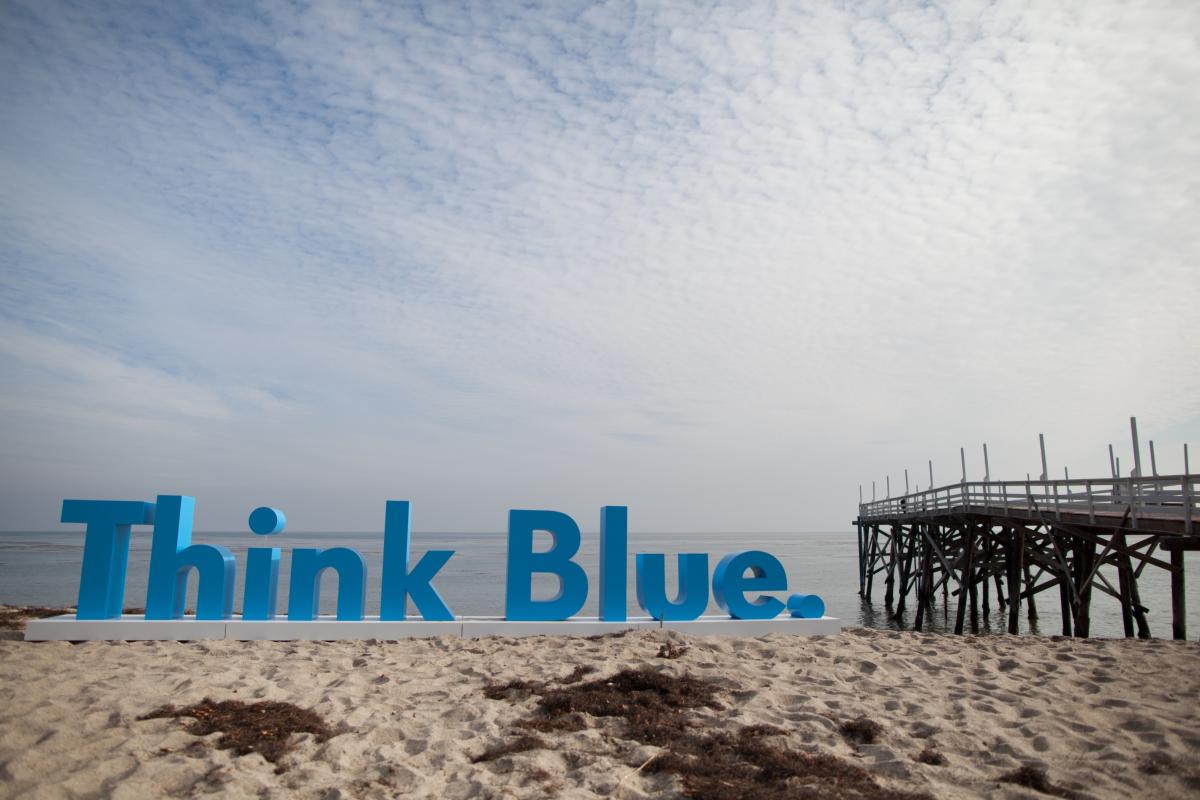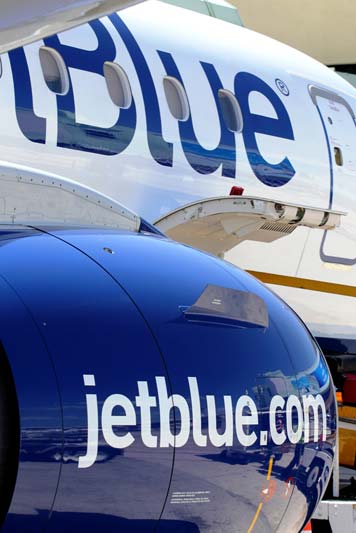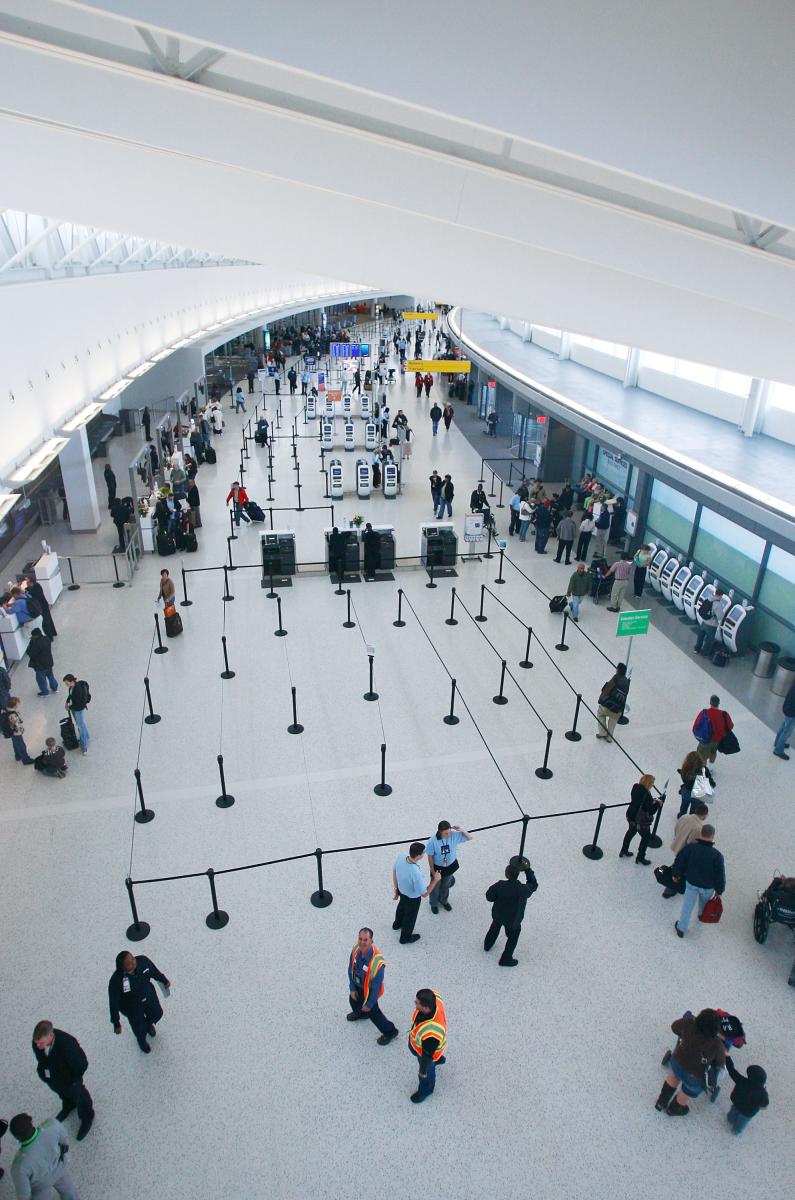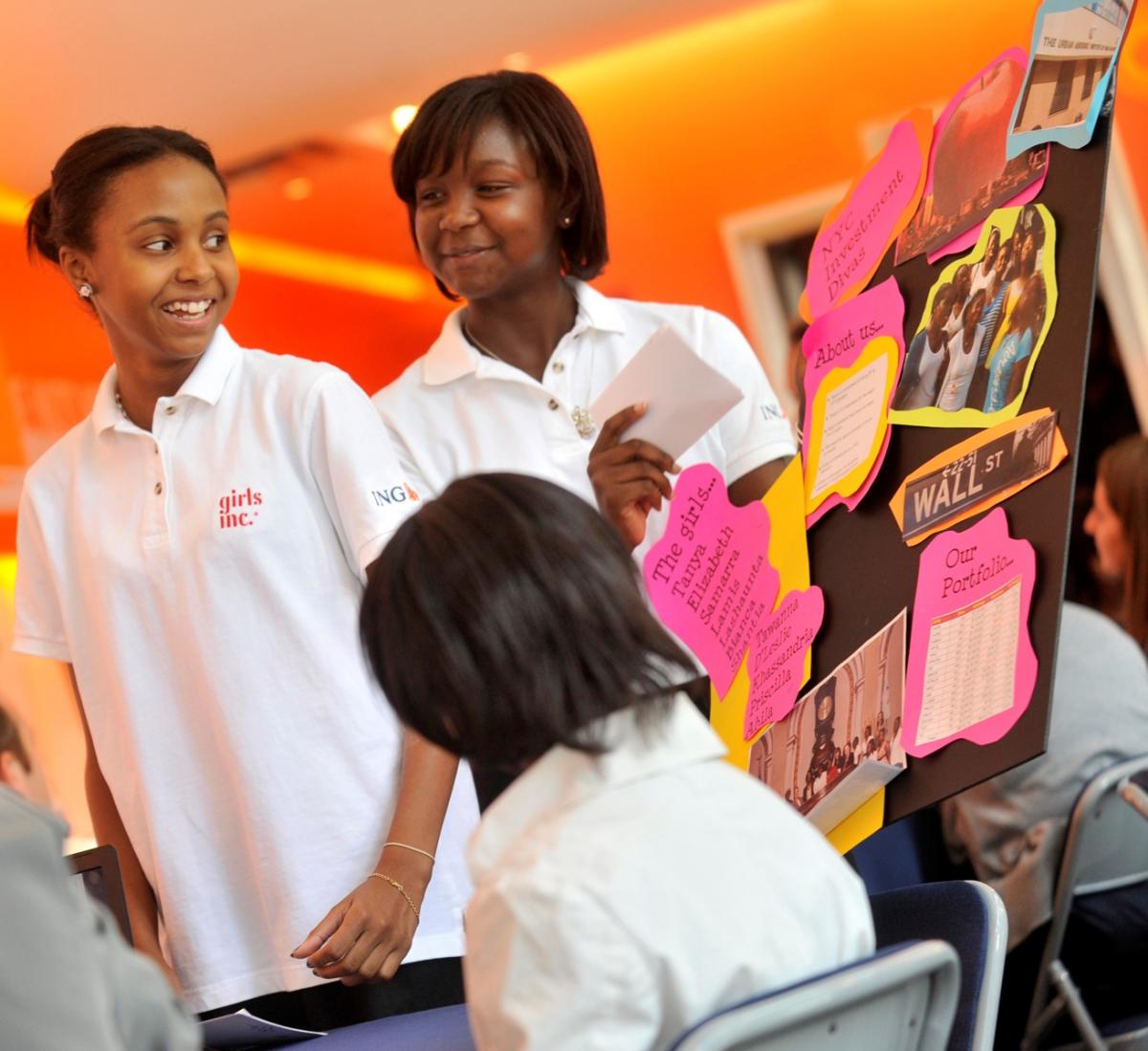Companies are discovering the benefits of finding their voice and making deep connections with stakeholders through sustainability communications
The days when companies would release their large annual corporate sustainability reports and move on are gone. Simply churning out targets and achievements won’t suffice. Businesses are now also expected to communicate about sustainability efforts and actions in ways that strengthen and build their corporate brands. Add to this consumers’ crumbling trust in corporations, and it’s enough to lead a sustainability professional to despair.
Despair, however, is not an option when sustainability is a key tool companies can use to futureproof themselves, and when finding compelling ways to talk about their efforts is the main strategy to get people to know about and connect to brands.
Penn State University professor and communications expert Lee Ahern has reviewed the past 30 years of sustainability messaging by companies, including both advertising and corporate social responsibility communications. The trend, he says, is a move from purely informational sustainability communications to messaging that is ever more nuanced, more “associational”, as he puts it, and more emotional.
“Emotional messaging is increasing, and this is part of the evolution of brands and the evolution of CSR,” Ahern says. “Companies are looking for better ways to make deeper connections with their stakeholders.”
He cautions that there is no one-size-fits-all strategy. Companies have to find their authentic stories – connected to actions that also tie to their core business and brand – and then experiment with different tools and effective messaging to keep building the brand.
According to author and blogger John Friedman – whose new book, “PR 2.0 How Digital Media Can Help You Build a Sustainable Brand,” was published in late 2014 – companies must learn to love social media instead of fear it because they can’t have total “control” over their brands anyway.
One fact seems to be increasingly accepted: for CSR communications to work, sustainability should become so ingrained in the organisation that every employee understands it. Companies are increasingly leveraging their employees’ actions and interactions through storytelling and social media to build more effective brands.
“Employees are absolutely the best ambassadors for one’s brand, whether or not they have been tasked or empowered [with that role],” Friedman says. “Their actions, far more than any culture or values statement in a fancy poster or on the website or marketing brochure, define your company’s true culture and values.”
Thinking blue
Volkswagen AG is a huge company with more than half a million employees worldwide. To pursue its sustainability goals more effectively, Volkswagen standardised its management structure beginning in 2010, which has enabled it to anchor sustainability in its daily work, according to the company’s head of sustainability, Gerhard Prätorius.

Volkswagen’s “Strategy 18” vision vows to make the company the most sustainable carmaker in the world. VW is taking concrete steps to turn that rhetoric into action. Improving its factories’ environmental efficiency 25% by 2018 is just one target. Taking the long view, Volkswagen is investing almost €60bn through 2018 to develop more efficient and innovative vehicles, and more eco-friendly factories. This is not exactly the stuff of thrilling narrative, but the enthusiasm with which employees are embracing and carrying out these ambitions does make storytelling easier, says Jeannine Ginivan, manager of corporate communications at Volkswagen Group of America (VWGoA).
“With everything our employees are doing, we realised we really didn’t have to invent the wheel in telling the stories, just really brand them a little bit, and amplify them a little,” she says.
Ginivan and her team of eight have their hands full with preparing a CSR report, writing internal newsletters, and handling press releases and related communications. But gathering stories from the field for the newsletters keeps the team up to speed with employees’ actions. VWGoA is also “chunking” these stories. Breaking its latest CSR report into seven weeks of updates on Facebook and Twitter made it engaging, Ginivan says, simultaneously allowing the team to align some parts of the CSR story with current events.
“We got 3,000 ‘engagement’ re-tweets, replies, and hashtag mentions, and 12,000 click-throughs, and we were really impressed with that,” she says.
Volkswagen also summarised its sustainability report in a 100-second global team video and created the ThinkBlue website to highlight, with short videos and infographics, some of the best sustainability actions its employees are taking.
VWGoA and its parent company have zeroed in on employees as one of the most important stakeholder groups for their sustainability messaging. “The stories we have to tell are great stories, and if the number one audience is employees, we in turn make employees be the number one ambassadors of the brand,” Ginivan says.
One thing at a time
Similarly, New York-based airline JetBlue has shaped its sustainability branding around the actions of its employees. The company’s sustainability strategy grew up around employees’ commitments to waste management. JetBlue’s head of sustainability, Sophia Mendelsohn, says she is proud of the way the company’s sustainability actions have evolved, including in CSR reporting.
“You can’t really tell a story through a report,” she says. “Or, perhaps it’s better to say that it’s quite challenging.” Last year, JetBlue took home three prizes from the CSR Bulldog Awards, run by the communications-focused information service Bulldog Reporter, for its “One Thing That’s Green” programme. It won best sustainability campaign, best corporate image campaign and best green/environmental campaign.

The making of the One Thing That’s Green campaign highlights the merits of good sustainability branding. It revolves around the idea that JetBlue’s core purpose – flying people around – depends on having sustainably beautiful places to fly them to. Eight years ago, the campaign started with the idea that if every JetBlue employee took one environmentally friendly action, the movement would catch on and spread globally. With sweepstakes, prizes, and trip giveaways, over time the airline expanded the campaign to include customers.
Over time, though, the company felt a sense of diminishing returns, says JetBlue corporate responsibility manager Kate Wetzel. “The ‘what’s in it for me’ mentality of giving a prize for an action wasn’t working as well as it had,” she says. JetBlue reshaping the One Thing That’s Green campaign by dovetailing it with its interest in re-greening the greater New York area after Hurricane Sandy. At first, that meant a focus on a single event – tree planting in areas that had lost trees due to the super storm. JetBlue leveraged multiple communications channels – advertising, on-board aircraft video messaging and social media storytelling – to talk about employees and customers working together to replant trees.
Wetzel and Mendelsohn say this sustainability effort succeeded in building the JetBlue brand in its hometown and in amplifying the impact beyond the New York area. Last year, One Thing That’s Green expanded to focus on creating urban green space in one of the 87 cities the company flies to, rather than just planting trees. By asking customers to vote on which city should get the green space, it managed to engage them globally on what would essentially be a local improvement.
“The problem of the environment can seem so massive, and we as humans can only take in so much,” Wetzel says. “At the same time, we fly to 87 cities so it isn’t that easy to communicate our actions to them all. This campaign really brings it to a localised level – green space is easy as a concept for everyone to understand, [and this] gives the power to make change back to the customers.”
No one was more surprised than JetBlue when the town of Hartford, Connecticut, garnered the most votes – 41,000 ¬–¬ and won a greenspace/skatepark for its community. Equally impressive was the 10-fold increase in participation in One Thing That’s Green, measured through engagement and interaction.
“You had to ‘like’ – be a fan of – JetBlue to vote for the greenspace,” Wetzel says. “And each like and retweet are currency to our senior leaders.” Mendelsohn plans to design the same kind of winning campaign and communications strategy around carbon emissions reductions. Since 2008 JetBlue has been offsetting all greenhouse gas emissions from crewmember travel. The company now needs to figure out how to educate its customers so that they will want to join the effort as well.
“We would never ask our customers to do it – emissions offsets – if we hadn’t done it ourselves,” Mendelsohn says. “We can say to customers ‘We took the first step, we began to measure, we’ve begun to offset, please join us.’ Our campaign will have to build awareness and be dynamic enough that customers do want to join us.”
Both sustainability actions and communications can benefit from overhauls. When it was part of Netherlands-based banking and financial services corporation ING Group, Voya Financial wasn’t branded as a sustainability leader. The company’s past CSR reports were narrow, focusing mainly on charitable giving through its foundation. But when the US arm of ING went public in 2013 and was divested from its parent, it launched extensive re-branding to become Voya. The company used the opportunity to renew its CSR commitment, as well as better communicate its broader actions.

Angela Harrell has been working for Voya as head of corporate responsibility for just a few months, and says she finds the company’s “National Day of Service” – 3,000 of the company’s 7,000 employees volunteered 9,000 hours to social and environmental causes in 2014 – one of its greatest stories.
“The fact that Voya provides 40 hours – a week’s worth – paid volunteer time for every employee, and 20 hours for part-time employees, that really demonstrated to me that this company isn’t about talk, it’s about doing,” says Harrell, who also leads the Voya Foundation, Voya's charitable giving arm.
The company also partners with the non-profit group Girls Inc. to bring financial education to girls. Harrell says the programme demonstrates that combining sustainability action with a compelling story that is integral to the company’s mission engages employees internally and builds the brand. As part of the partnership, Girls Inc. and Voya employees teach young women the fundamentals of stock market investing and allow teams of these girls to manage virtual $50,000 portfolios as part of the economic-literacy curriculum. After three years, two-thirds of any gains seen in the teams’ virtual portfolios are paid out by the Voya Foundation toward scholarships for post-secondary education; one-third goes back to Girls Inc. programs
“In some cases, it is giving them exposure to a world their parents don’t know much about,” Harrell says. Because Voya’s strategic corporate vision is a world where everyone can be ‘retirement ready’, the programme is well positioned to create long-term change and help build the company’s brand. Harrell says Voya will use the widest range of tools to communicate about sustainability and its brand.
“Everyone is different and wants to learn about this and get engaged in different ways – videos, photos, excerpts – we utilise a variety of channels for messaging,” Harrell says.

Innovation at the edges
While large public companies are under numerous restrictions and obligations in their sustainability reporting and messaging, the new crop of social enterprises gets to test out new ways to communicate and build a sustainable brand.
Warby Parker, a “B corp” that melds its social goal of giving people clear vision with its entrepreneurial goal of profiting from providing fashionable and affordable eyeglass frames, is just five years old. Co-founder Neil Blumenthal says Warby is already a sustainable brand. “Our definition goes back to the word ‘sustain’ – being long-lasting for our customers and employees while at the same time being ‘holistically good’,” he says. Warby donates, through its partner VisionSpring, a pair of glasses for each pair sold. VisionSpring doesn’t just give away the frames, but equips entrepreneurs to make a living while selling the glasses affordably.
Much about Warby’s communications says ‘hip’. Though as a B corp the company is required to pursue sustainability goals, Warby is very specific about what it communicates to the public, Blumenthal says. The company’s 2014 annual report, for example, is presented as quirky hand-drawn icons that click through to short and snappy copy snippets. Before they even get to the report, readers generate an entertaining summary of their own year in review and then go to Warby’s highlights. The report highlights Warby’s achievements in distributing its millionth pair of glasses to people in need, training 18,000 people to give eye exams and generating a shared value of $200m.
“We think a lot about the hierarchy of the messaging,” Blumenthal says. “We lead communications with fashion and design, then price, then quality, and then last about social mission.” The bottom line for sustainability communications becomes ever more clear: companies need to find the most authentic way to act sustainably before they apply the most effective brand building to communicate these actions.
“What we’re observing is ever tighter integration of sustainability into companies’ visions and missions,” Penn State University’s Ahern says. “And that’s the most natural point of view to start communicating from – natural as opposed to a scattershot, shotgun approach. In many ways, pie charts, facts, and figures don’t tend to get remembered, but telling a story in a narrative fashion with human examples does.”
Social media is nothing new
The ever-growing number of social media platforms could overwhelm users and companies trying to find the best channel for effective sustainability communications. While the choice of platforms is difficult, social media itself is not intrinsically scary, says John Friedman in his new book, “PR 2.0”.
Companies should not be afraid of engaging with these media, he says, because the conversations and criticisms are taking place whether or not businesses choose to participate. The basic rules remain as valid as always – no matter which social media platforms they pick, companies should first get to know their customers and determine where they go online before building a mechanism to engage with them.
US airline JetBlue is an avid social media user. For its main business, the company has a team of 25 at-home employees dedicated to giving fast and good customer service. When it comes to communicating sustainability, the number of likes, re-tweets and click-throughs matters, but what’s even more important is the person-to-person buzz that a campaign can engender. In Hartford, Connecticut, JetBlue’s campaign to find a city for its greenspace project created a buzz that reverberated beyond social media.
“We were pretty surprised that 100,000 people participated and that in Hartford it went viral – people telling their friends and family, other airlines getting word and then the airport authority talking about it and out to the wider community,” says JetBlue corporate responsibility manager Kate Wetzel. “Hartford is not a large city, but they got pretty excited – and gathered 41,000 votes.”


